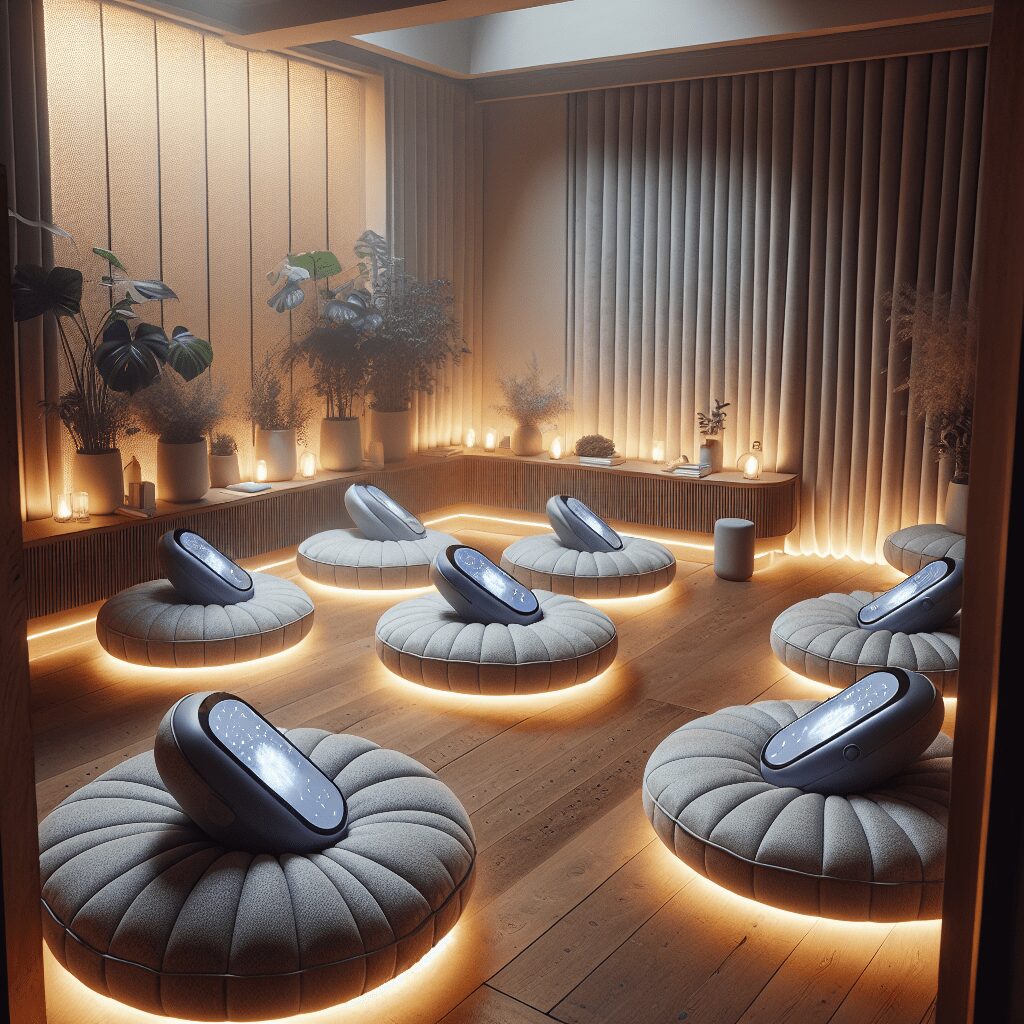
Prioritize your mental well-being daily. Enhance your life by nurturing your mental health with the Smart Meditation app. Break free from stress, alleviate anxiety, and enhance your sleep quality starting today.
How To Sit Properly While Meditating?
The Zen of Perfect Posture: Mastering Meditation Seating
Ah, meditation – that ancient art of mind tranquility. But, before we dive into the cosmic pool of inner peace, we’ve got to talk about the basics. You’ve guessed it: parking your posterior the right way. You might be thinking, “How hard can sitting be?” Well, friend, in the world of meditation, it’s less about just plonking yourself down and more about aligning your body and spirit. So, let’s dissect the nuances of proper meditation seating, shall we?
The Foundation of Mindful Sitting
First things first, let’s establish a ground rule. Comfort is king but, don’t mistake it for a slouch-fest. The goal is to be as comfortable as possible without tipping the scales into Snoozeville. Here’s how to do just that:
-
Choose Your Throne Wisely: Whether it’s a cushion, chair, or a mat, select an item that keeps your hips elevated above your knees. Gravity will do its part, keeping your spine naturally aligned without much effort on your part.
-
The Royal Alignment: Sit up straight, but don’t stiffen up like you’re on parade. Envision your spine as a stack of coins, each vertebra a separate piece, all balanced neatly. This isn’t just about posture; it’s about allowing your energy to flow freely – no kinks in the hose, so to speak.
-
Leg Logistics: If you’re on a cushion or the floor, cross-legged is the classic go-to. However, “comfort” is the magic word. If your limbs start screaming for mercy, feel free to switch to a half-lotus or even just stretch ’em out in front.
-
Handy Hints: What to do with your hands? Rest them gently on your knees or in your lap. The traditional mudras (hand positions) are great, but not strictly necessary for beginners. The main thing is to keep your shoulders relaxed and your arms at ease.
-
Gaze and Breath: Though not directly related to your sitter, these two are the unsung heroes of the meditation world. Lower your gaze slightly, unfocused, or close your eyes completely to avoid visual distractions. As for breathing, let it flow naturally. This isn’t the time for power breathing; just normal, comfortable inhalations and exhalations.
Sidestepping Common Pitfalls
Now that you’re all set up, let’s make sure you don’t tumble into typical traps:
-
The Slouch Gremlin: It sneaks up on ya when you least expect it. Counter it with a quick posture check every few minutes. A slight tuck of the chin and a lift at the base of your spine should do the trick.
-
The Rigid Regime: On the flip side, don’t turn into a statue. A little movement to readjust is way better than enduring discomfort until the end of your session.
-
The Fidget Fiesta: Find your sweet spot between adjusting when necessary and fidgeting out of restlessness. It’s a balance, much like everything in meditation.
In essence, sitting for meditation isn’t about torturing yourself into a pretzel-shaped notion of perfection. It’s about creating a stable, comfortable base from which your mind can venture forth into the realms of peace and introspection. Whether you’re an absolute newbie or a seasoned meditator, taking a moment to assess and adjust your posture can make all the difference.
So, the next time you set out to silence the chaos of the mind, remember: a little posture prep goes a long way. Align that spine, ease into comfort, and let the journey to zen commence!





